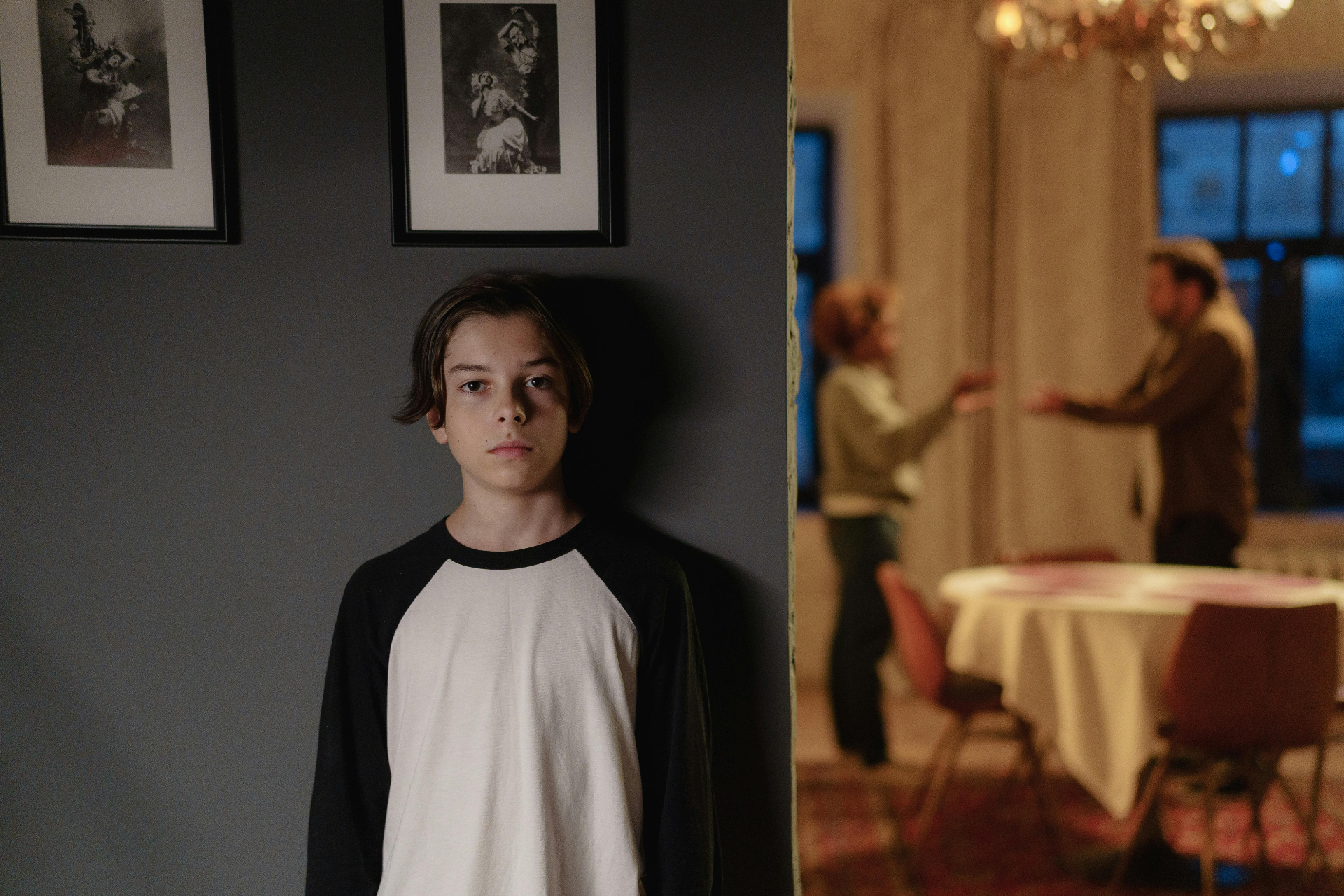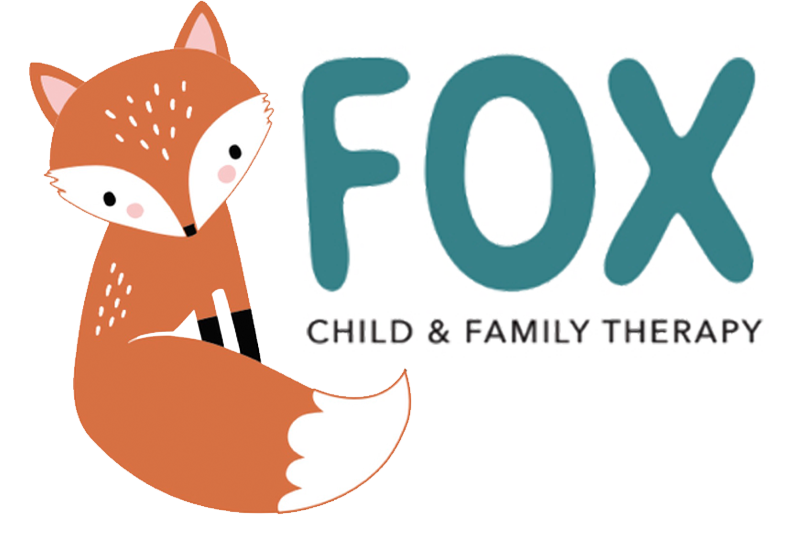What Does Separation Anxiety Look Like in Children & Adults?

What Does Separation Anxiety Look Like in Children & Adults?
When people talk about separation anxiety, they are often talking about children being anxious to leave their caregivers. But the truth is both children and adults can experience separation anxiety. Separation anxiety that starts in children can stay well into adulthood, and some people develop it as adults.
Some mental health conditions look different in children and adults, but separation looks similar in both. There are differences, but they’re minor. The differences exist because children and adults live very different lives.
As parents, it’s our job to know what separation anxiety looks like so we can get them the help they need. And knowing the differences between separation anxiety in children and adults, no matter how minor can help us make sure we’re getting this right.
Excessive Worrying
Excessive worrying is a key part of anxiety. What this means for separation anxiety is that people will worry about being separated from their loved ones. For kids, this usually means close family members.
In both children and adults, this excessive worrying manifests as fear of being left alone. They worry the people they love will get hurt or lost. They also worry about their own safety. In all these cases, the worries are intense and persistent, and they’re not really rational. But it doesn’t matter how irrational these fears are because they have real consequences on people’s well-being.
But there are differences, too.
Where children might seem too clingy, adults will instead appear too controlling. Children will worry about sleeping away from home, and adults will worry about unpredictable events, from car accidents to natural disasters. Kids will refuse to go to school, while adults will be reluctant to leave their loved ones.
Aches and Tension
Yes, anxiety can do that. If we don’t take steps to address it, it will send warning signs that something is wrong. And that includes physical signs. Any pains or aches that doctors can’t find a cause for? That’s probably anxiety. And until we treat the reason behind it, we will continue to experience physical pains that seemingly have no explanation.
As far as aches and tensions are concerned, children and adults experience these in the same way. Physical pains such as muscle tension, headaches, and stomachaches are experienced by everyone with separation anxiety.
Difficult Nights
Both adults and children struggle to sleep at night. They don’t want to sleep alone at all. They both experience nightmares, all of them revolving around separation. Their anxiety won’t leave them alone, not even when they’re asleep. And that can be quite scary.
But there are differences. Where a child outright refuses to sleep alone, an adult will at least attempt to do so, even if they don’t want to. They just won’t be very successful. If their loved one isn’t present, sleep will be a struggle, but even if they tried to ask their loved ones to stay, they might not want to. They have their own lives to live, after all.
Letting Go of Separation Anxiety
Separation anxiety is real and strong and scary. It affects many of us and has a real impact on our lives. And children are concerned, too. They’re young and afraid, and it’s our job as parents to help them through this and get them the help they need.
And that help? It might be counseling.
Letting go of separation anxiety isn’t easy, especially as a kid, and there’s no one better equipped to help children than a counselor. Fox Child and Family Therapy is here to guide and help you. Contact us today at 913-229-5691 and let’s schedule a time to talk.
